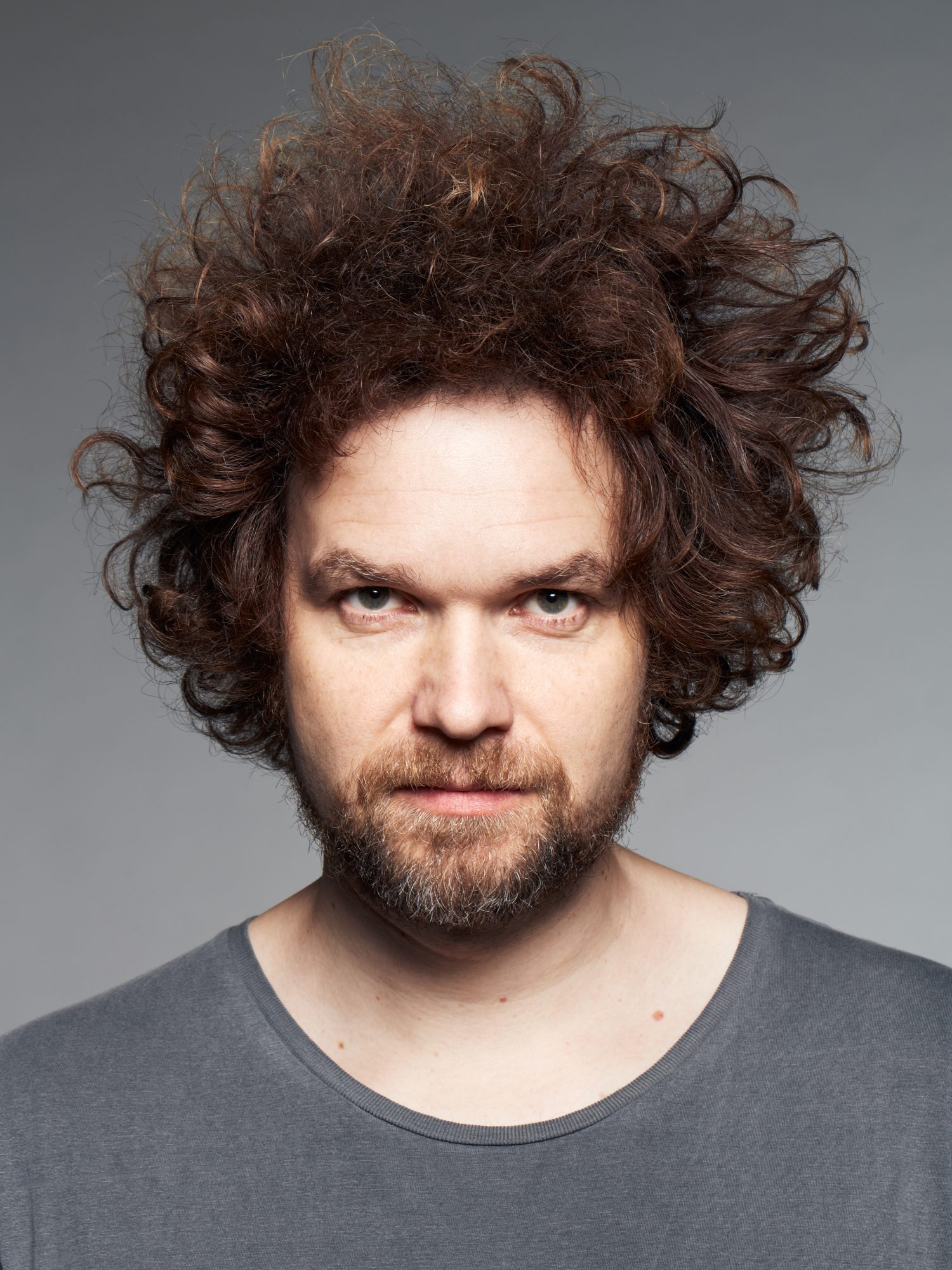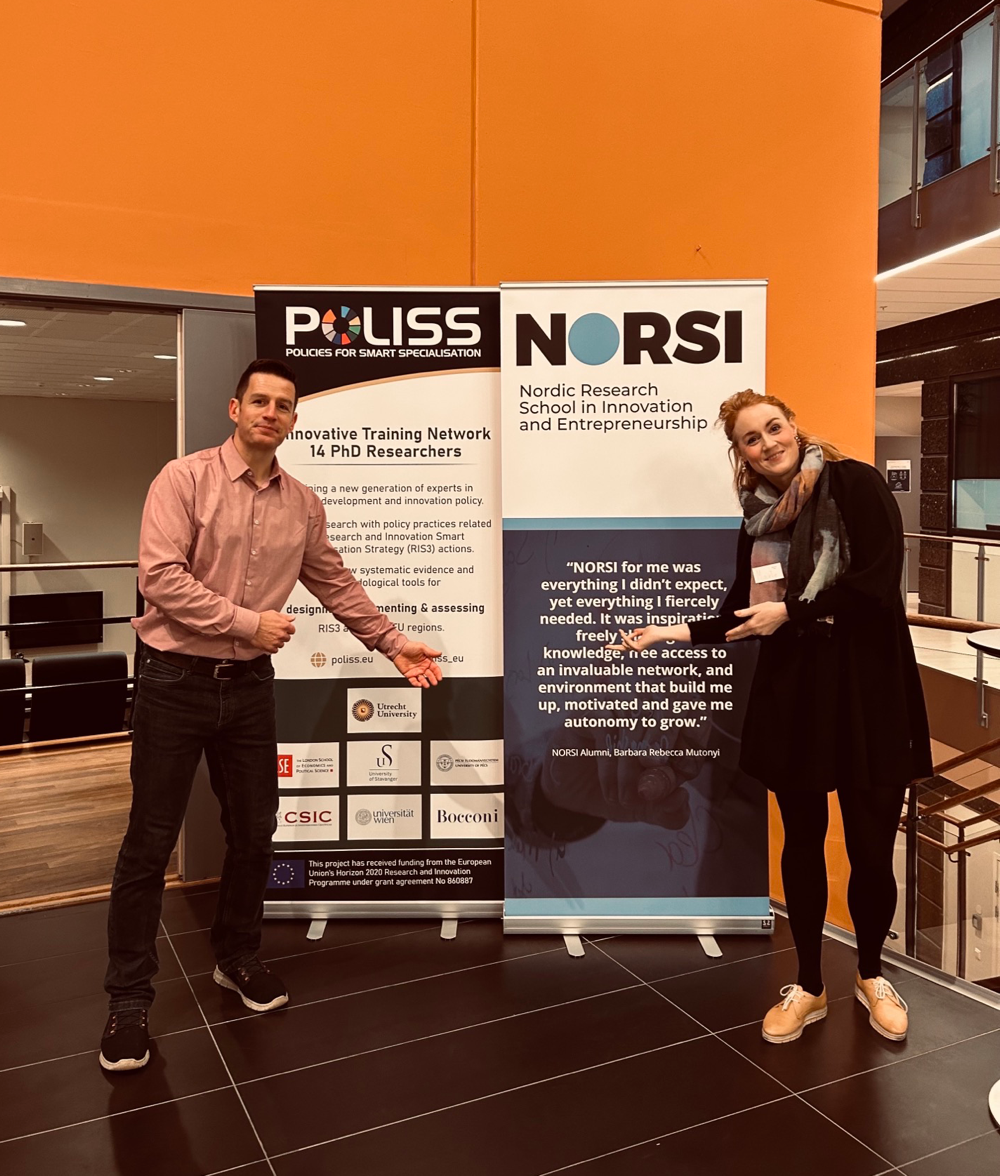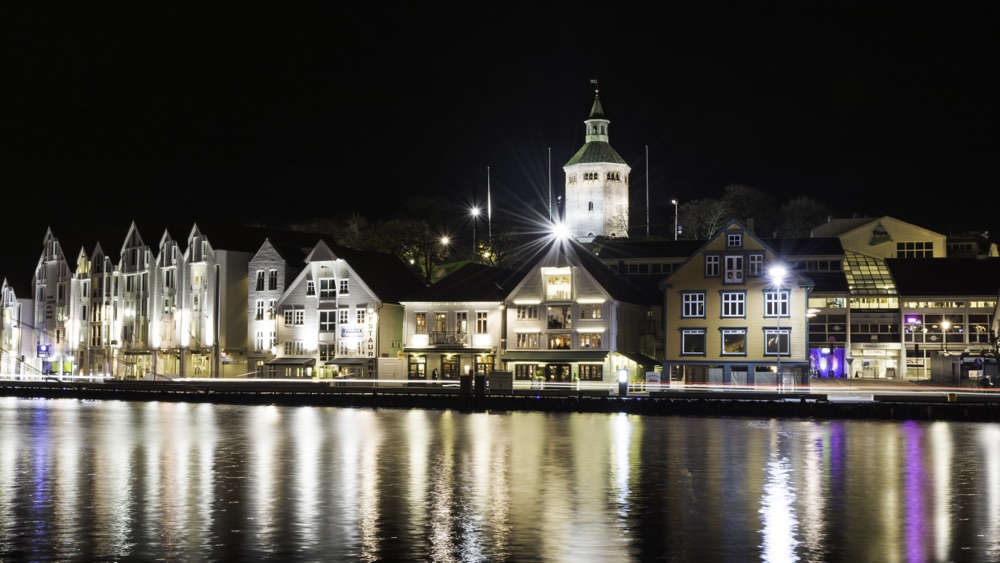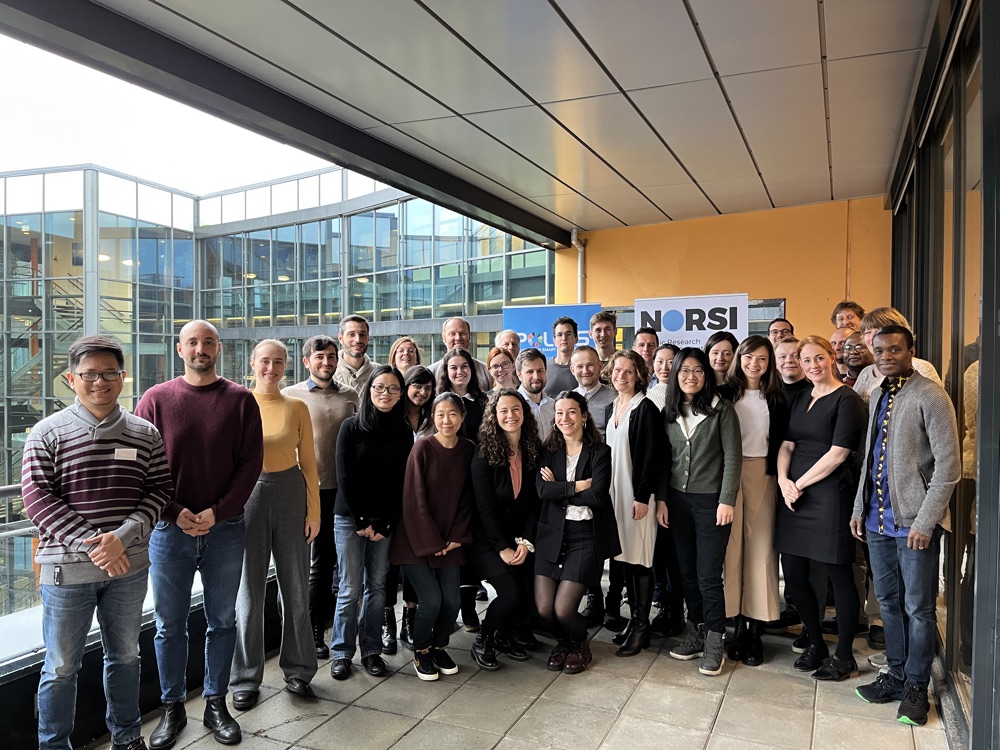In the beginning of 2023, the University of Stavanger arranged an international PhD course in Innovation Policy. One of the main tasks was to write a good innovation policy brief that could provide politicians and policy makers with relevant information and good policy advice.
«The goal of this course was to allow students to work on real-life practical policy problems, and work to provide research-based policy recommendations to policymakers,» professor Marte Cecilie Wilhelmsen Solheim, head of the Stavanger Centre for Innovation Research tells Forskningspolitikk.
The university wanted to equip PhD candidates with a thought-provoking and fruitful combination of theory and application, she explains:
«The course was taught through combining introductory lectures to core innovation theory and policy topics, and project group work on practical problems.»
Below we are providing short summaries of the five policy briefs and provide links to the complete texts.
Forskningspolitikk’s editor has been asked to present the winner of the five briefs. Stand by for a separate post on that to be published next week.
This presentation below is adapted from a report prepared by Carolin Nast og Alessio Giustolisi.
International PhD course in Innovation Policy
The Training School in Stavanger was coorganized by the Nordic Research School of Innovation (NORSI) and focused on innovation policy. About half of the course participants came from POLISS, and the other half from universities associated with NORSI. POLISS is an Innovative Training Network funded by the EU Framework Programme for Research and Innovation.
The week consisted of three parts:
- lectures on core innovation theory and policy topics,
- skill sessions, and
- group work on real-world policy cases.

Jan-Philipp Kramer, Vice-Director and Head of EU Services of the Prognos office in Brussels, provided the first skill session.
Most importantly, he encouraged the participants to connect with the person receiving the policy brief by asking themselves who the target audience is, why they are there and what keeps them awake.
Subsequently, in contrast to the scientific funnel logic and following the pyramid structure, core statements are presented first, followed by details.

Following this discussion, Marte C.W. Solheim, Professor in Innovation Studies at the UiS Business School and Head of the Stavanger Centre of Innovation Research, gave a talk on the communication and dissemination of research, which constituted the second skill session.
In her presentation, she shared her journey of becoming an engaged academic and communicator, challenges and great successes, and useful tips.
Lastly, for the third skill session, Jo Røislien, Professor of medical statistics and TV host, shared his insights and the newest research results on how to make numbers count. Researchers need to reach out to a large part of the population because they have important knowledge to share.
To communicate research results, they must follow a checklist, he said, a list called THNK, meaning:
(1) be trustworthy, yet not boring;
(2) appeal to human emotion, yet not emotional;
(3) have a narrative, yet be factual and informative; and
(4) be kreative, yet not crazy.
On the first day, policy makers presented real-world policy cases which the course participants worked on in groups throughout the week. By the end of the week they presented their findings to the policy makers, followed by a fruitful discussion.
After the course, the groups wrote policy briefs with policy recommendations.
Here are some important take aways from the five policy briefs. There are links to the complete texts.

Photo: Foto Marie Håland
1. Policy case from the European Commission Group: Addressing skill mismatch for SME’s digital transition
Martina Pardy, Dongmiao Zhang, Luca Serafini, Li Lu, and Louis Lines
Digitalisation offers the potential to unlock unrealised growth across European small and medium sized enterprises (SMEs). However, there are a number of hurdles that inhibit the adoption of digitalising technology, the most significant being lack of skills and understanding around digitalising technologies and their implementation.
Whilst other factors limit adoption of digital technologies – including access to finance – this group focuses on addressing the skills gap. In their policy brief, the participants address three sectors: cultural and creative industries and tourism.
These are sectors which have a greater than 50 per cent contribution to value added, above average specialised personnel and the potential for a green transition.
They propose four areas for policy focus:
- Partnership framework with universities – designed to facilitate upskilling through cooperation between small and medium-sized enterprises (SMEs) and universities, particularly through the use of internships and mentorships.
- Training programs focusing on skills and knowledge including manuals and sector specific programs.
- Financial support through a digitalisation tax credit.
- Awareness raising campaign focused on skills.
Download the policy brief here.

2. Policy case from the Rogaland County Group: Smart Specialisation in Rogaland
Charles Abbott, Ghinwa Moujaes, Alessio Giustolisi, Barbara Hedeler, Andreea Neagu
Smart specialisation represents a new method of regional development, focused on prioritising public funding across several domains whereby regions can achieve a competitive advantage with a view to industrial transformation.
The group project aimed to develop a novel understanding and refinement of the smart specialisation process in Rogaland – a region in southwestern Norway highly specialised in the offshore oil and gas industry.
The group points out that while theoretical underpinnings and policy practice tend to focus on smart specialisation at the territorial level of the region, a critical (and often under-looked) theoretical and practical dimension to this approach rests in it being a means to secure greater interregional linkages to foster industrial transformation.
Transformational policies such as smart specialisation should therefore refrain from too much of a sector focus, the policy brief argues. In line with the theory, policies for smart specialisation (RIS3) ought to aim to bridge the gap between horizontal and vertical policies; allowing projects to develop outwith and between sectors within certain broader domains identified through the gathering of up-to-date information on a region’s economic profile.
Policy recommendations
- Adapt the regional funding mechanism in Rogaland (Virkemidler for Regional Forskning og Innovasjon) to reflect a need for intersectoral projects ‘between’ the domains
- Consider the opening of funding to partners outwith the region as a route to developing new avenues for diversification by means of new interregional linkages
- Policy success and legitimacy should incorporate more responsive indicators and techniques for monitoring.

3. Policy case from Stavanger Municipality and Universitetsfondet Group: Innovation District Ullandhaug
Dima Yankova, Benjamin Cornejo Castas, Andrew Johnson, Erika Dietrichson, Noopoor Misal
The Ullandhaug Innovation District is part of the City Council of Stavanger’s plan to develop Stavanger into a “knowledge city.” Already, the area comprises key innovation actors and has been a site of business development for some 50 years.
The University of Stavanger, Innovation Park Stavanger, the upcoming university hospital, and the Norwegian petroleum directorate government facilities are anchored in the suburban area in the South-West of Stavanger, with a common goal to strengthen business, research and innovation in the region.
Now in its planning phase, the Ullandhaug Innovation District steering group is seeking advice on the project’s strategic direction.

Policy recommendations
The policy brief provides initial advice to the steering group as the innovation district enters the first stage of creating a vision and establishing a governance structure.
It focuses on three core areas:
- attracting human capital,
- ensuring commitment from partners and stakeholders, and
- building a unique identity and communication strategy.
Human capital attraction
- Enhance the proximity of innovation actors through urban design
- Connect open spaces with high-quality public realm and built structures
- Develop amenities which may be used spontaneously by local residents and knowledge workers
- Create open spaces that function as “living labs”
- Encourage the creation of networks between a wide demographic of actors
- Avoid exclusivity and enclaves in governance and design
- Activity management which enhances social capital
- Entrepreneur, intrapreneur, and business support services
- Assist the entry and advancement of workers into firms through skills programs
- “Continuing education” for professionals
Commitment from partners
- Firm and university collaboration to understand the future demand for skills
- Create pipelines from the university to firms in the innovation district
- Engagement of learning by doing opportunities for university students in firms
- Commitment from government for flexible planning
- Land use plans should support the innovation district for shared public spaces
- Support improved public transport facilities to take advantage of nearby urban spaces
- Firms should engage in knowledge sharing and open innovation
- Stakeholders share their demands for the co-creation of spaces
Identity and communication
- Avoid “Silicon Somewhere”. Create a unique and consistent identity
- Realise and augment the existing capabilities and attributes of Stavanger and Ullandhaug
- Prioritize multi-use urban spaces to maximise new ideas, safety and community wellbeing
- Urban design principles should embrace density, public accessibility, and connectivity
- Engage in constant consultation and dialogue with local stakeholders
- Involve citizens in the design process – recognise and cater for public needs
- Physical integration with existing neighbourhoods Case

4. Policy case from a Research Council of Norway Group: How to bridge the gap between private and public R&D funding in Norway
Eduardo Hernandez Rodriguez, Stefan Apostol, Eristian Wibisono, Barbara Waloszek, Anna Baturevich
Public funding of research and development (R&D) in Norway has increased significantly over the last decades. The goal is to achieve 3 per cent of the national GDP invested in R&D.
Norway’s high proportion of publicly funded R&D stands out internationally, reaching 46 per cent of all R&D spending in 2020. The Research Council of Norway (RCN) is one of the three key governmental institutions alongside Innovation Norway and SkatteFUNN.
Unlike Innovation Norway, which has the goal of promoting profitable economic development, RCN mostly supports universities and non-profit research institutes outside the business enterprise sector. While there is clear support for public R&D investment, the private sector is still underinvesting in R&D. Therefore one task is to find new private funding sources and mobilise funds to be invested in R&D.
Increasing private R&D investment requires mobilizing the general public behind social development goals (SDGs) and targets, the group argues, rather than blindly following an uncertain market.
The mobilization of the general public is more viable when the investment projects are relevant to local communities, for example, when they result in improved welfare. Such gains to be achieved by the private stakeholders can be easily tracked down to SDGs, while at the same time making such local investments mission-oriented. This kind of mission orientation is important for both increased private funding and the sustainability of investment projects. The general public is more inclined to support investment which directly and positively impacts their local communities.
Private funding contributes to local approval of new investment initiatives. At the same time it contributes to the social and cultural changes required for the successful realisation and sustainability of local investments.
Policy recommendations
The general recommendation of the policy brief is to move from supporting R&D and creating policies with the mindset of the triple helix model (academia, industry and government) to a quadruple helix innovation model which emphasises the role of civil society, including it in the innovation process.
This shift cannot be instantaneous and requires gradual change, the authors argue, including developing a new strategic vision for R&D support in Norway, adjusting regulations to incentivize private actors like philanthropists, building new cultural norms, and so on. The brief also suggests establishing a government venture capital fund.
5. Policy case from a Research Council of Norway Group: How to improve commercialization of academic research
Carolin Nast, Yifan Tian, Domingos Langa, Emil Bohmann and Ivan Nechaev
Decades ago, few higher education institutions (HEIs) would have predicted that they would find themselves actively involved in the commercialization of research. However, the Bayh-Dole act of 1980 in the US shifted this perception. Politicians worldwide realized that capitalizing on the research from HEIs could help drive economic growth. Norway, one of the world’s wealthiest countries, was no exception to this trend, with the passing of The University and University Colleges Act in 2005.
The implementation of this approach has, however, not been as straightforward as one could have hoped. This group approached this challenge using a mix of literature searches and interviews with people working at technology transfer offices (TTOs).

Policy recommendations
The main policy recommendations found in this policy brief are to
– Create a framework supporting spinoffs based on academic patenting; and
– Increase TTO internal and external visibility.
The policy brief suggests aligning the objectives of academics and TTOs through a focus on patenting as an important part of academic performance and highlighting the effects, other than monetary, of patenting, such as societal impact.
Secondly, the group suggests a mandatory Declaration of Expected Invention as a method of informing academics of the possibility of patenting and the TTO of a possible patentable invention early. This may be supported by offering innovation and entrepreneurship courses for staff and students alike to create entrepreneurial awareness.
The group also proposes that a more radical change may be carried out with a twofold paradigm shift. The universities should use the KTH Innovation Readiness Level framework to evaluate new inventions (this framework includes customer readiness, technology levels and business skills). And TTOs should shift focus from technology transfer to innovation transfer.
The following increase in TTO visibility (combined with innovation and entrepreneurship courses) will also create better support for academic spin-offs, the policy brief argues.
They also recommend that there be a focus on creating a transitional framework for academics engaging in spin-offs. Currently, academics either work on spin-offs as a hobby or quit their position and go fulltime. However, this carries a lot of risk for the academics. Therefore, the brief presents a framework wherein academics may be given a leave of absence for 3–6 months to work on the spin-off. They may return at any given point in time during this period.
Lastly, the group suggests that further monetary resources be given to support spinoffs. This may be triggered by the successful filing of a patent, after which the TTO is awarded seed capital for spin-offs.
More on the course here: NORSI Innovation Policy – International PhD course in Innovation Policy
Course coordinators: Tom Broekel, Rune D. Fitjar and Marte C.W. Solheim
More information on POLISS: Home – POLISS
Main photo: Marie Håland

